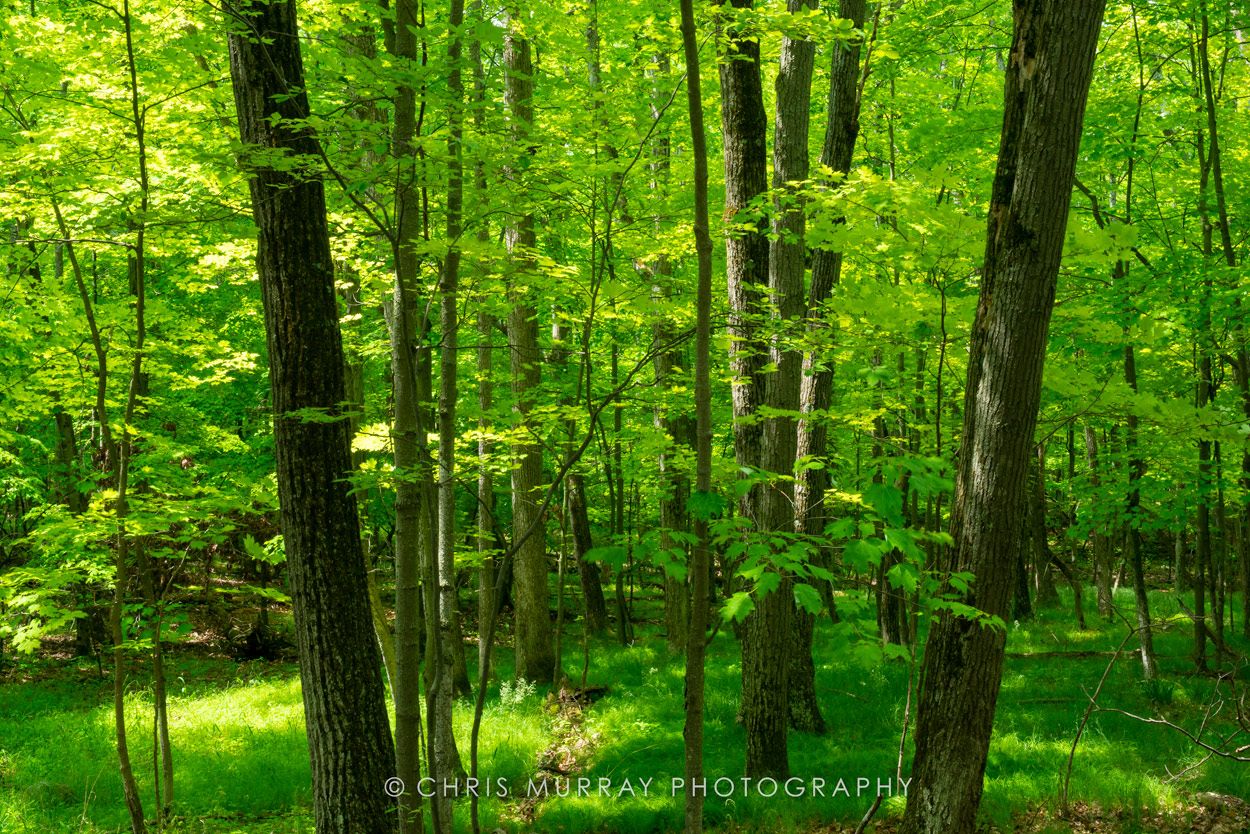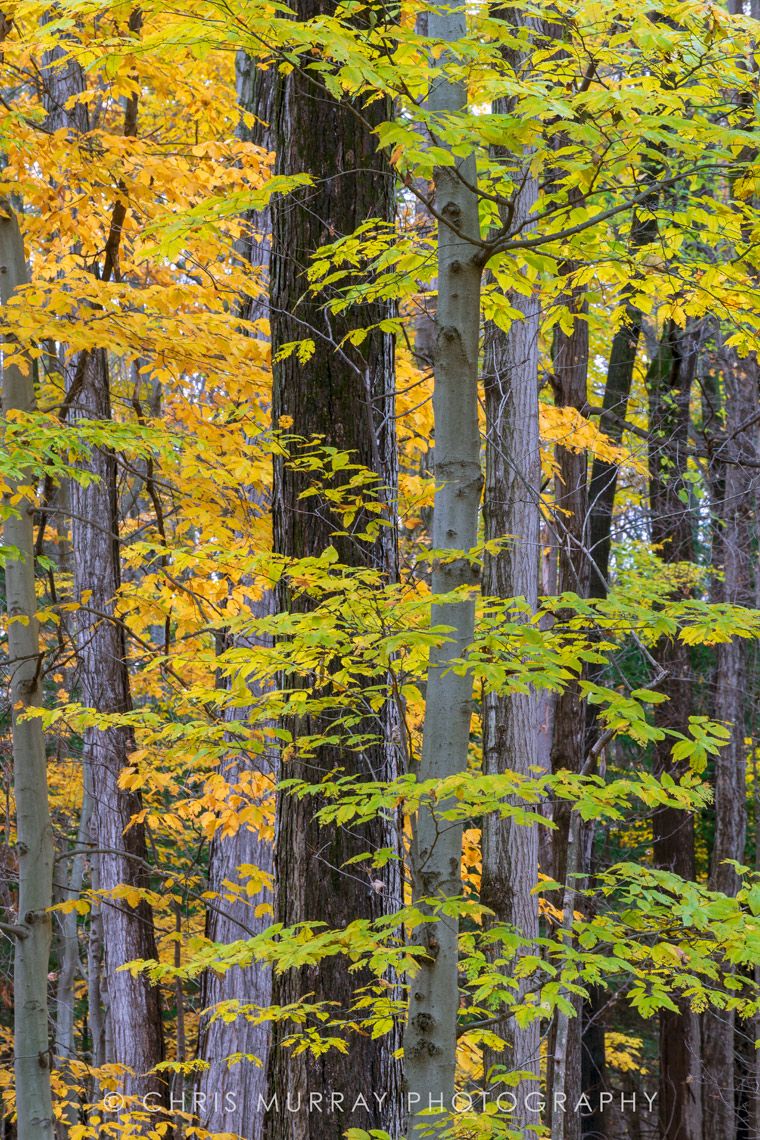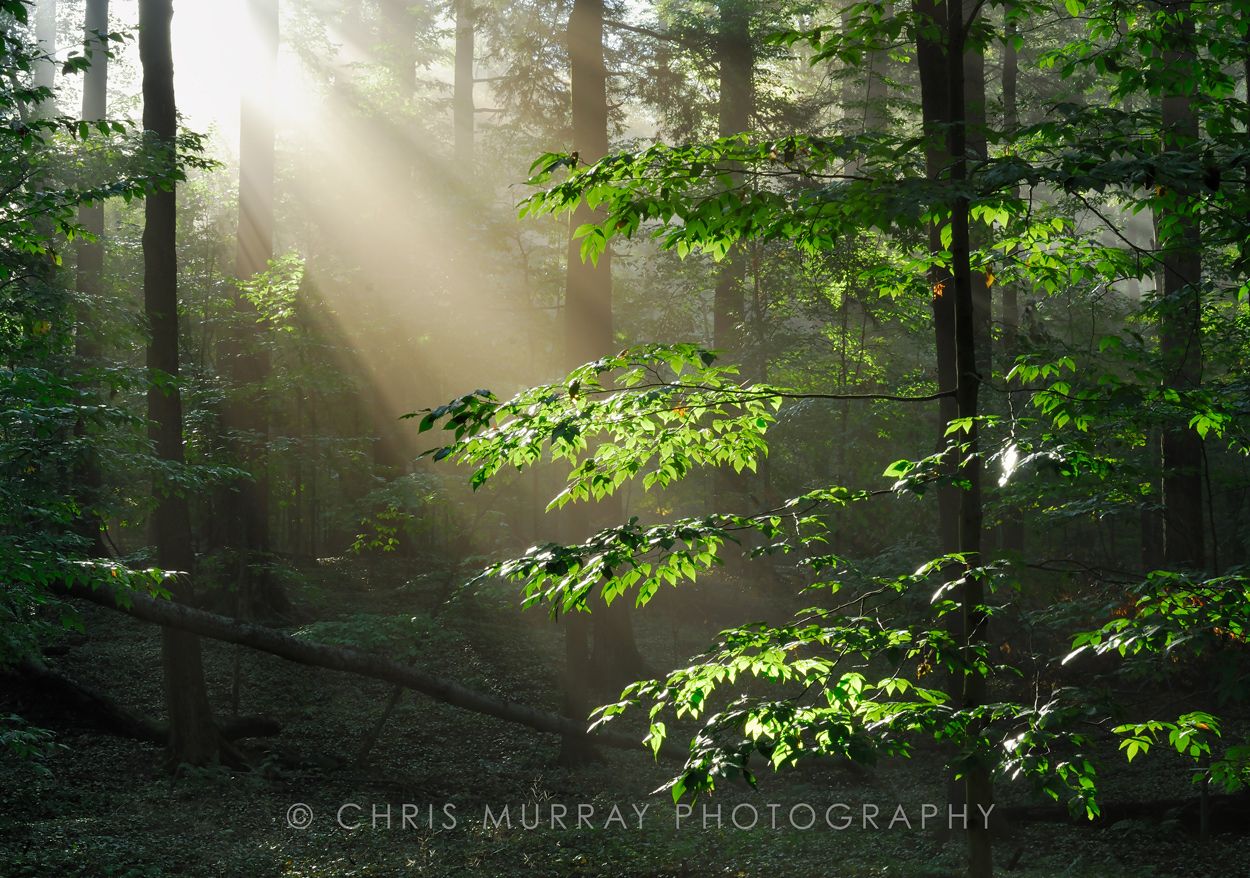One of the perks of having trees nearby, is that social-distancing rules don’t apply – you can hug as many as you like, without risk of contracting Covid-19. Another benefit, of course, is shade. When the heat’s on and you need to lie low for a while, it’s great if some of your friends are shady characters. Especially if they’re tall, mature types with solid builds. Yeah, trees are cool.
When the thermometer spikes, any shade is welcome. If you’re lucky enough to have large trees where you live, not only can you get a break from the sun, but the air temperature will be cooler – as much as ten degrees – compared to out in the open. It’s an awesome, natural, and free kind of air conditioning.

Speaking of which, if you use an air conditioner, having shade trees on the south and west sides of your home will reduce your cooling costs by a minimum of 30%, and perhaps as much as 50%. It’s like getting a partial refund on your Hydro bill. Deciduous trees are ideal because they shield you in summer but allow sunlight through in winter when you want it.
On those blistering summer days, when you think it’s too hot to work outside, you’re not alone – trees share your outlook. Photosynthesis, that amazing process which turns carbon dioxide and sunlight into sugar (thereby keeping the trees alive) and oxygen (thereby helping keep us alive), does not work well above 30 degrees. All that solar energy going to waste! Incidentally, leaves can get too hot in full sun even when the air temperature is moderate, much like the way an asphalt parking lot gets scorching in the sun.
This is why a tree’s inner canopy is essential. Far from being ill-fated, residents of an undesirable neighbourhood, leaves that are shaded, and thus cooled, by the upper canopy are key players in a tree’s survival, as they’re the only ones on the job when it’s too hot for their upstairs neighbors to work. So, it’s best not to get overly enthusiastic with pruning. Trees don’t want their inner canopy “cleaned out” to any great extent.

Hopefully you’re drinking plenty of water in the summer heat. It might surprise you that trees can run short of water, especially in hot, dry seasons like 2016, 2018, and this year. While we tend to think tree roots dive deep in search of a cool drink, 90% of tree roots are in the top 25 centimetres of soil, and 98% are in the top 46 cm.
A brown, dead-looking lawn will recover from drought in a matter of weeks, because grass has a mechanism to become dormant without suffering long-term harm. Trees, however, take several years to fully recover from an extended dry spell. Drought stress weakens a tree, making it more vulnerable to diseases and insects.

While many shady characters don’t take well to a soaking, your tree will appreciate a thorough weekly drench. Forget the lawn – it can fend for itself. Please remember your trees, and water them thoroughly if it hasn’t rained in more than a week.
I wish you all a healthy, well-hydrated summer, and plenty of hugs with your shady associates.
By Paul Hetzler
A Certified Arborist and former Cornell Extension educator, Paul Hetzler lives in Val-des-Monts Québec. This is Paul's 11th article for TI Life and each one is unique in that you will learn about the world around us - and you will smile for sure.
Visit paulhetzlernature.org for hundreds of articles on trees and critters. His book of nature essays is at https://www.amazon.com/dp/099860609X
____________________________
We thank Chris Murray for sharing three of his photos to illustrate Shady Business. Chris is a full-time photographer, instructor, and writer. His series Depth of Field articles are in TI Life. See them here and for more of Chris’ work visit https://chrismurrayphotography.com/.
Posted in: Volume 15, Issue 7, July 2020, Nature
Please click here if you are unable to post your comment.
